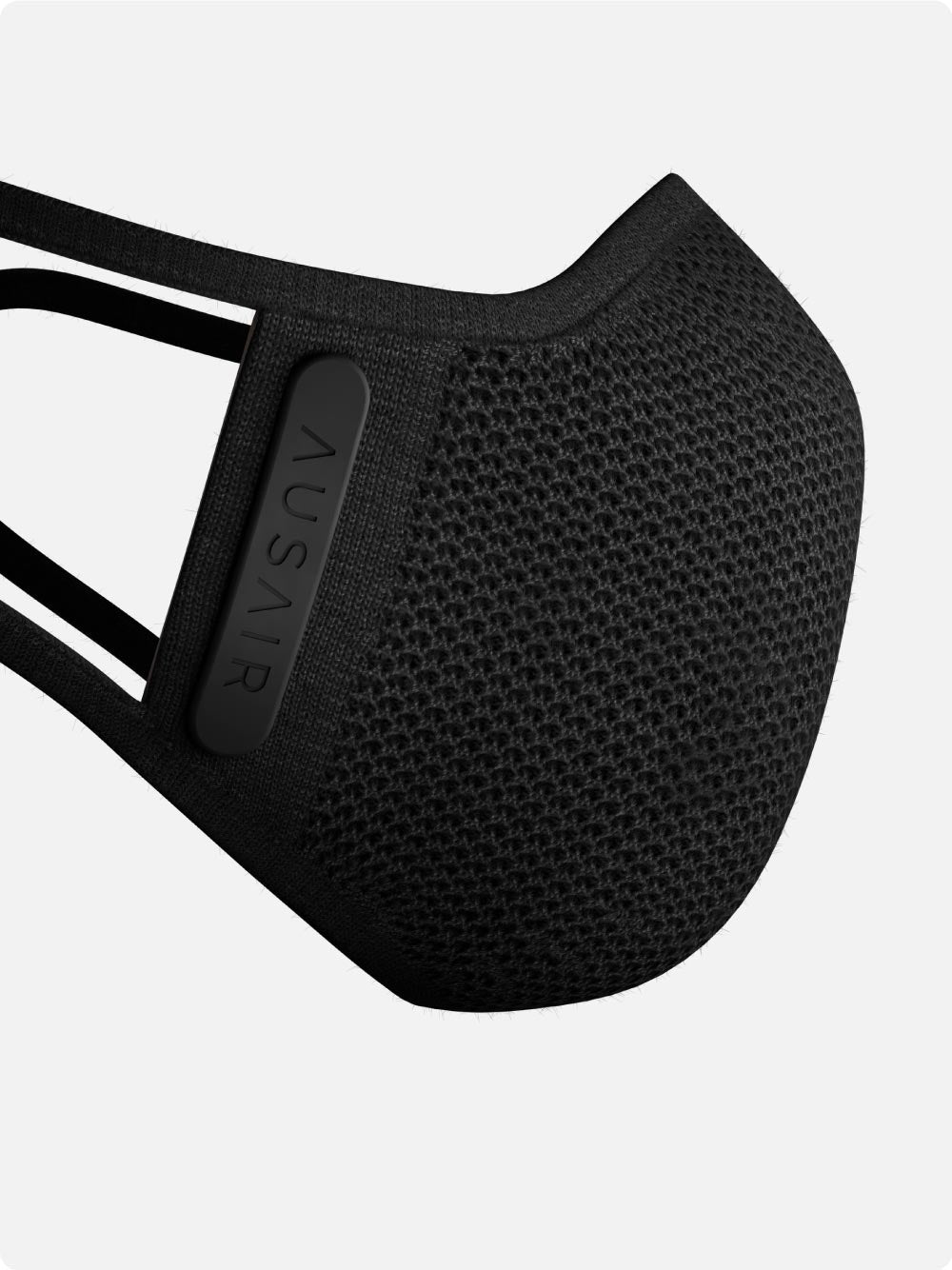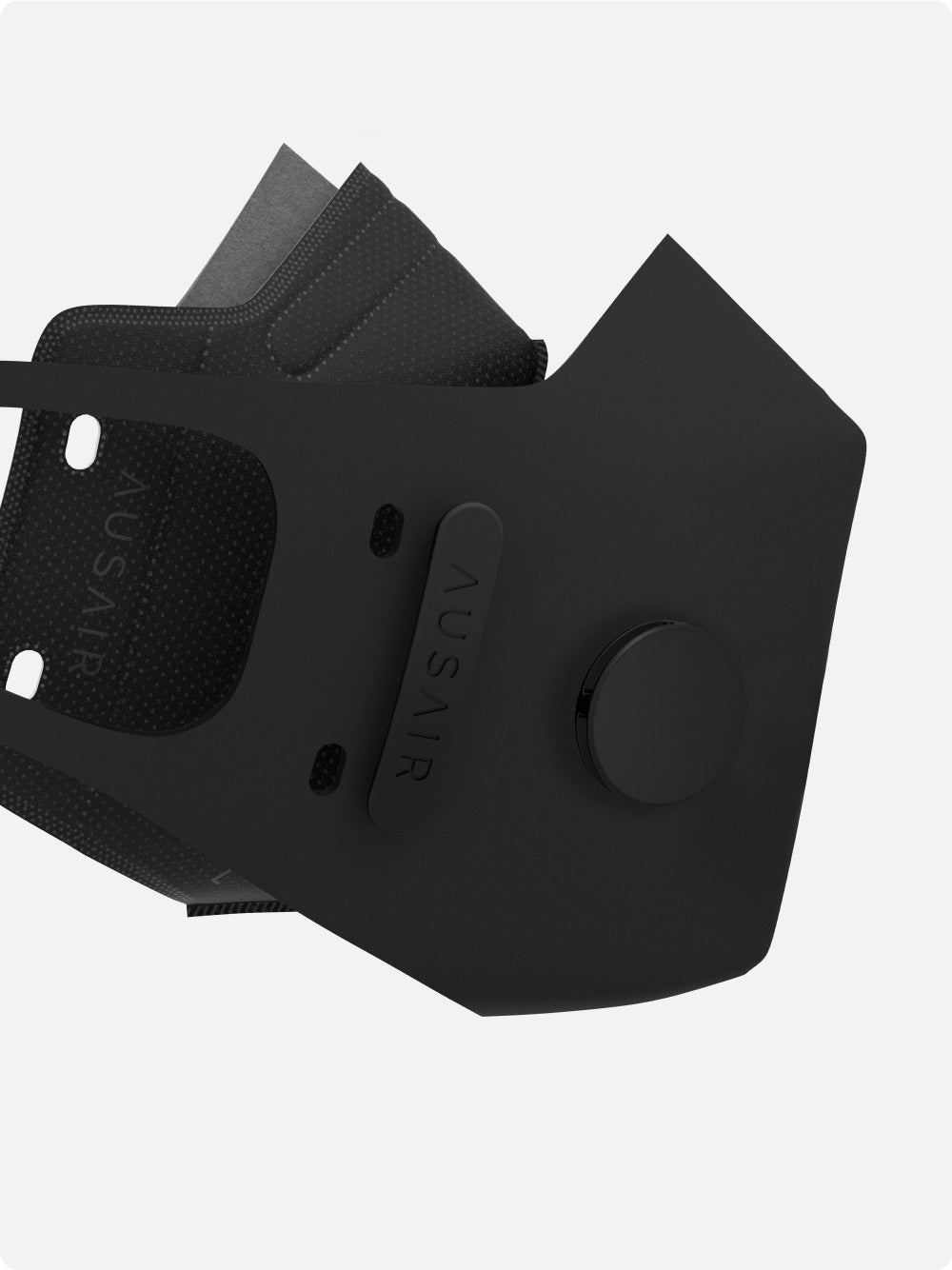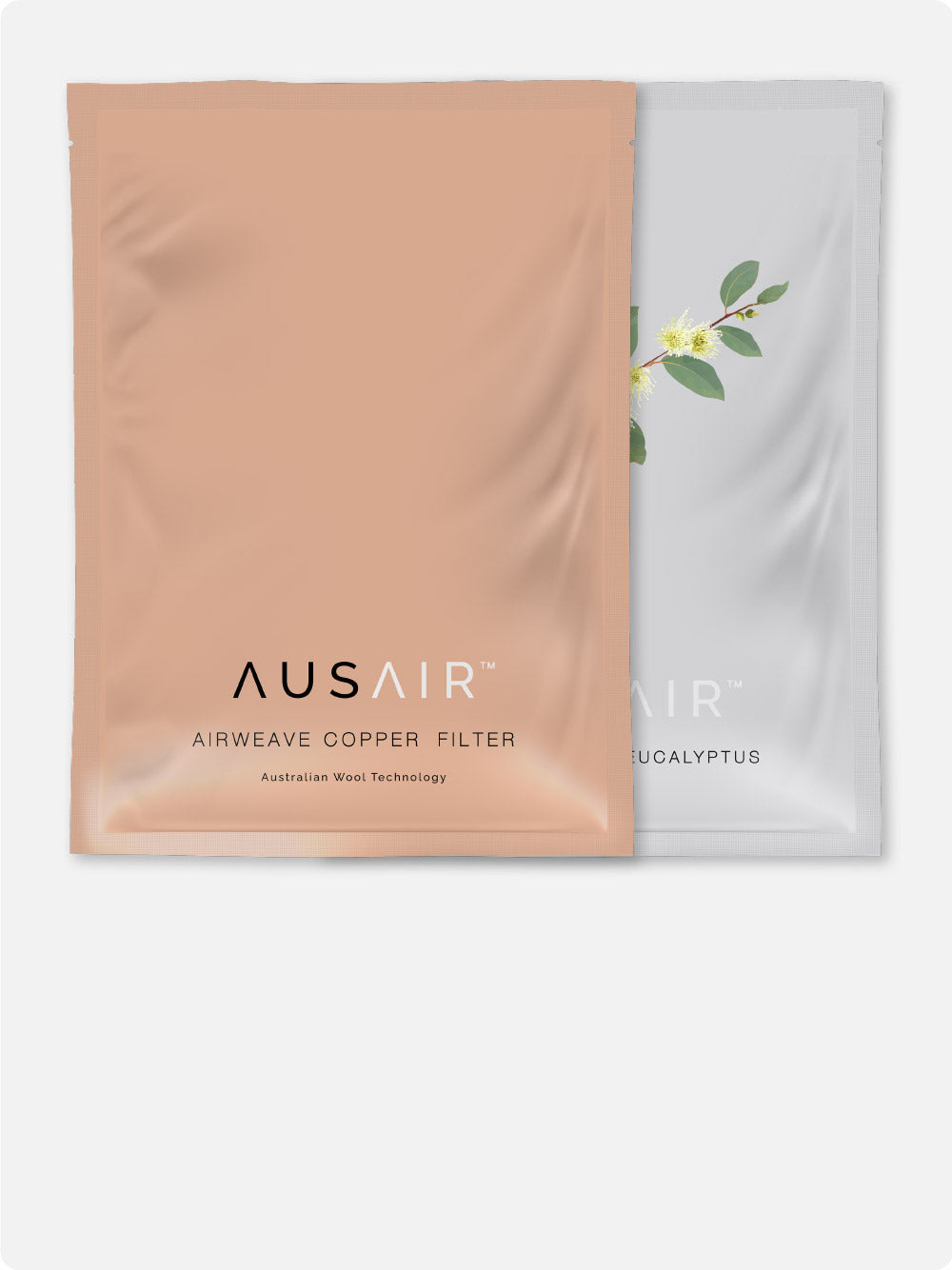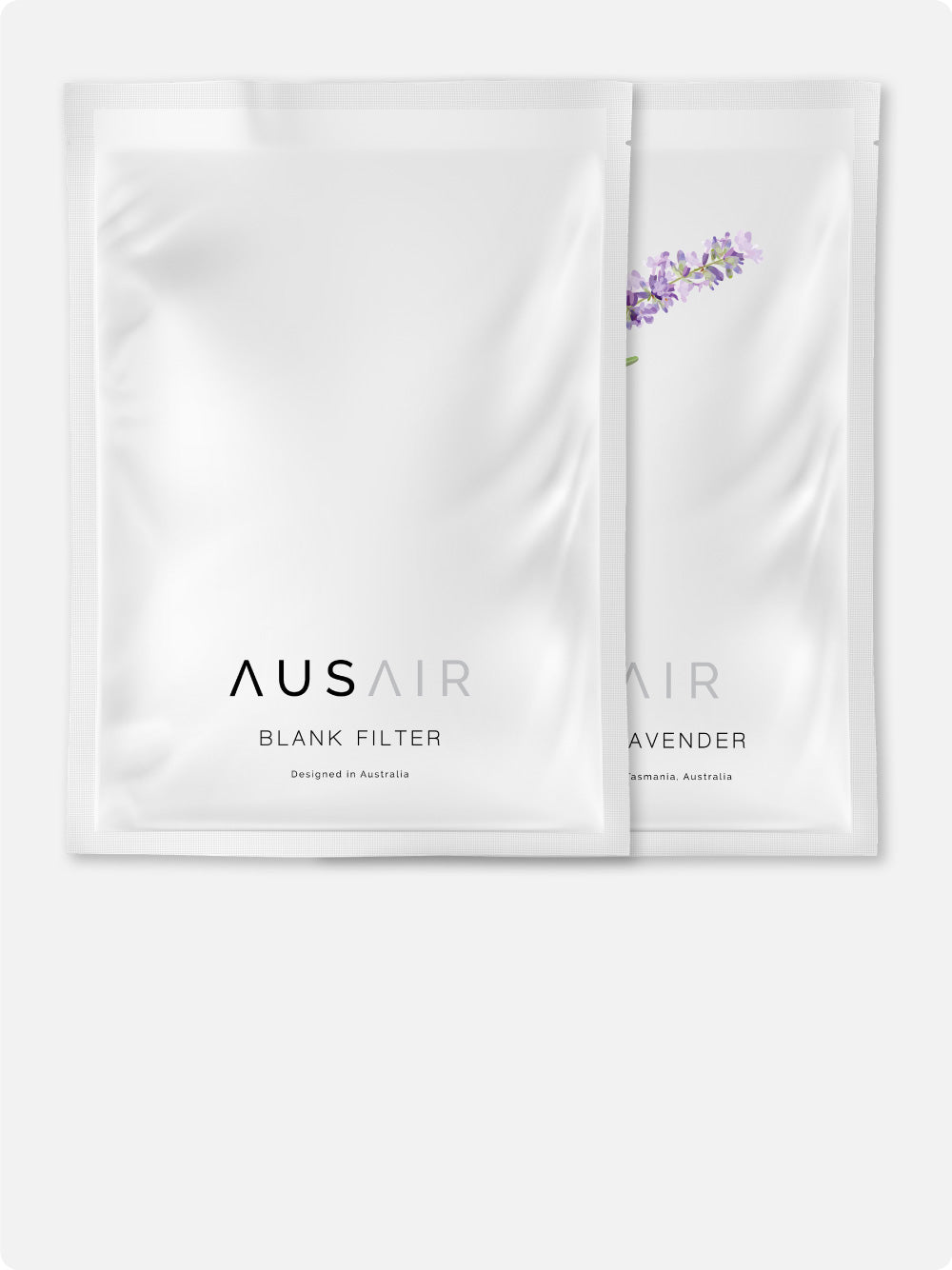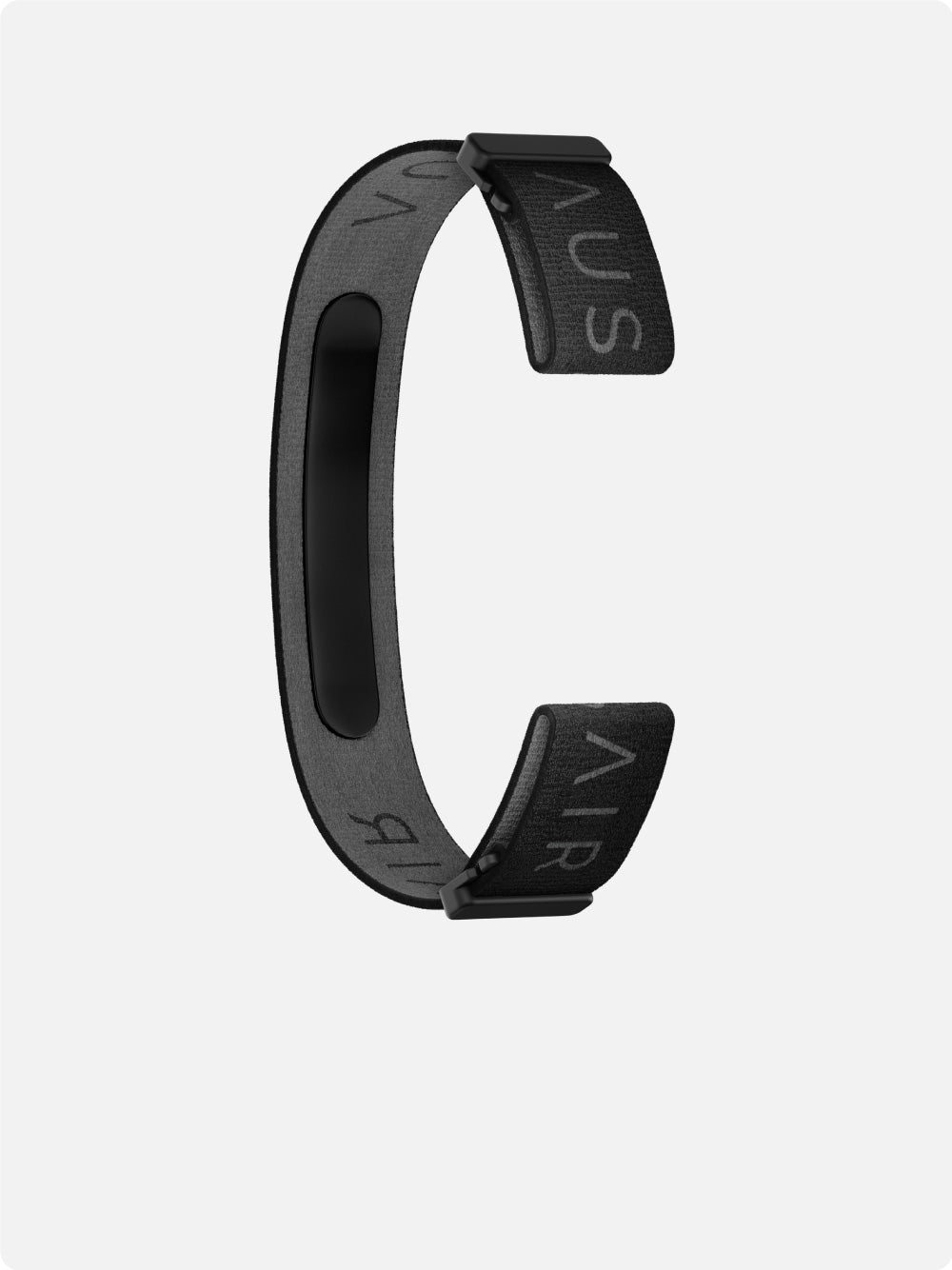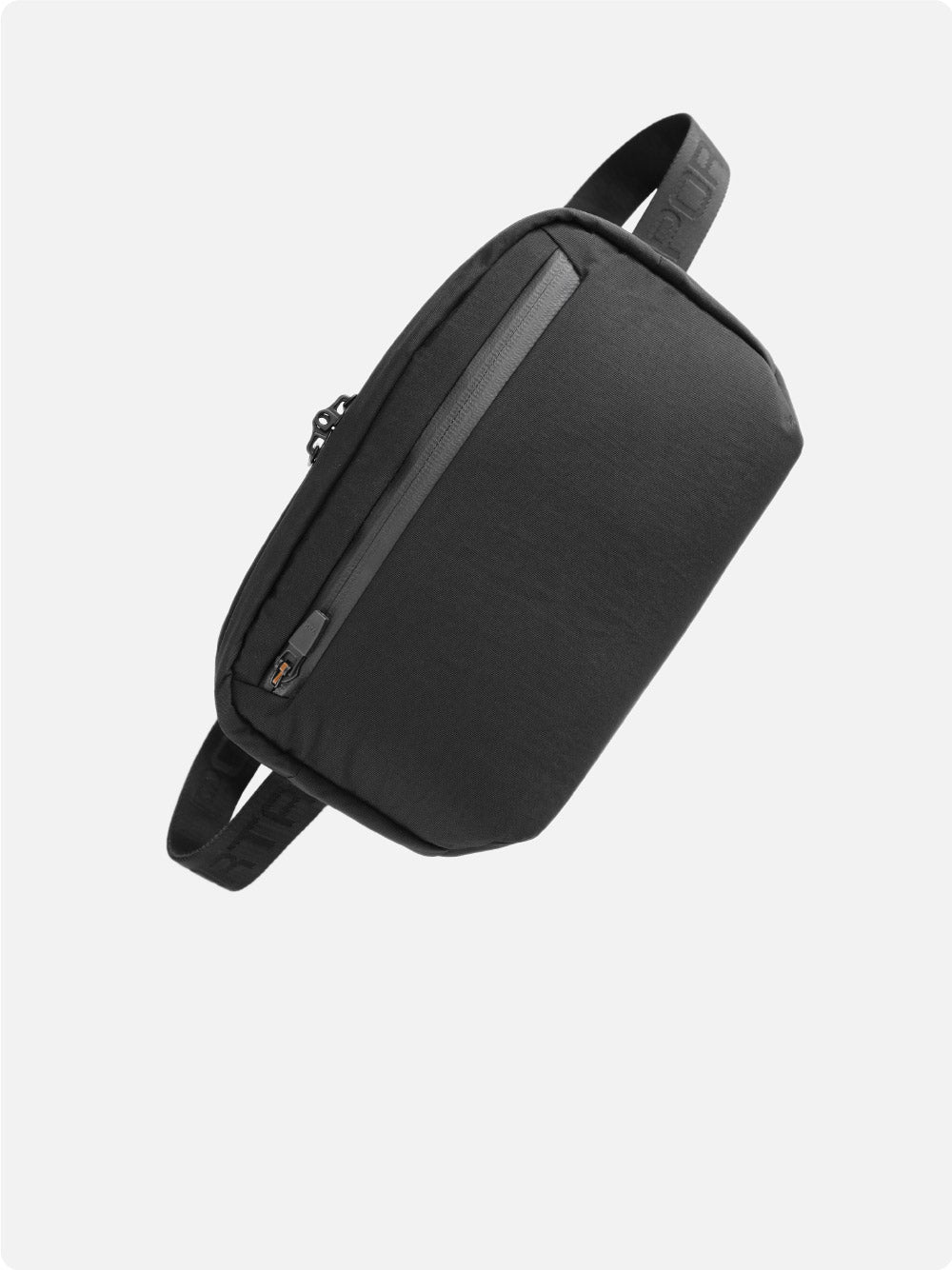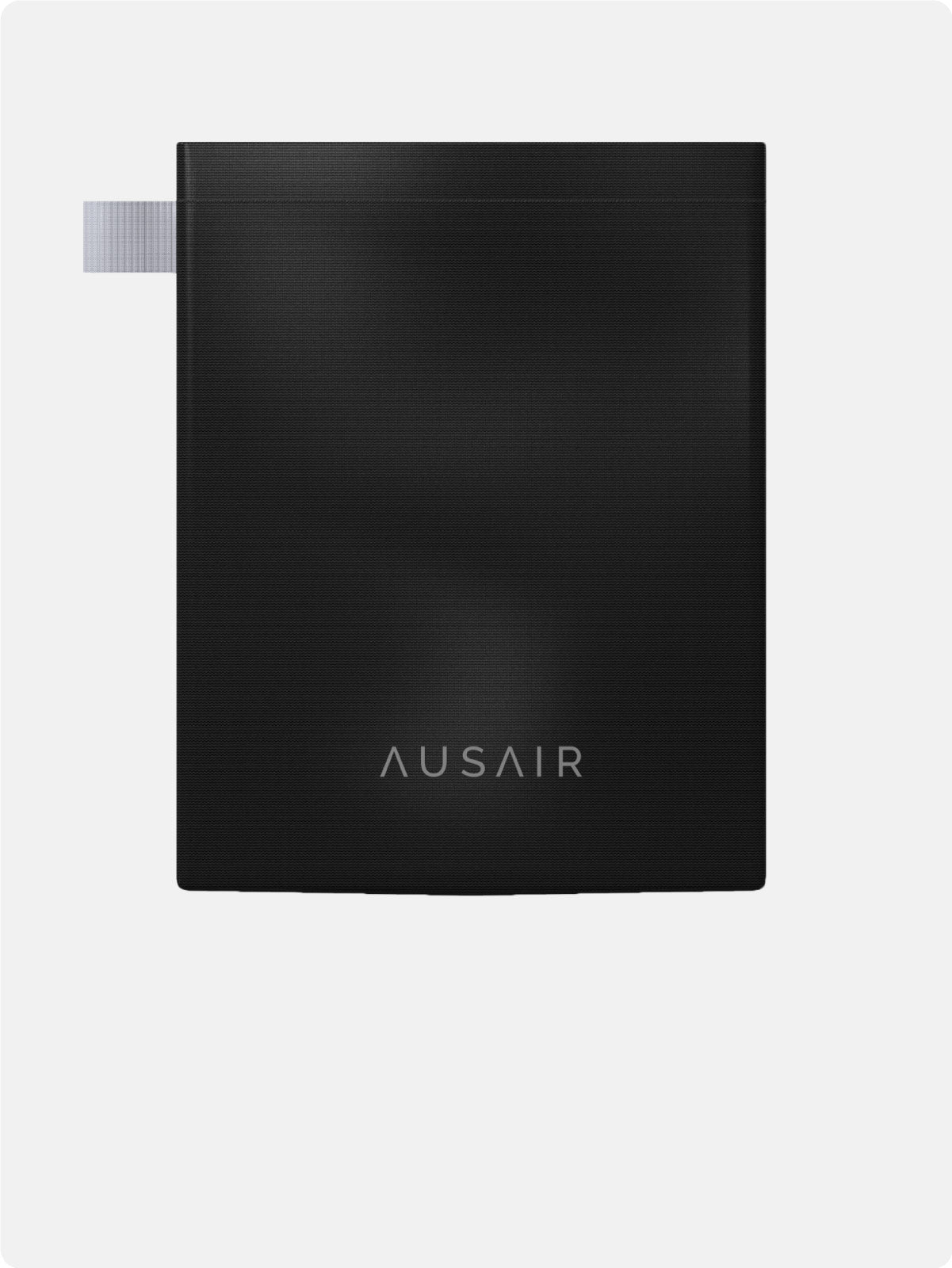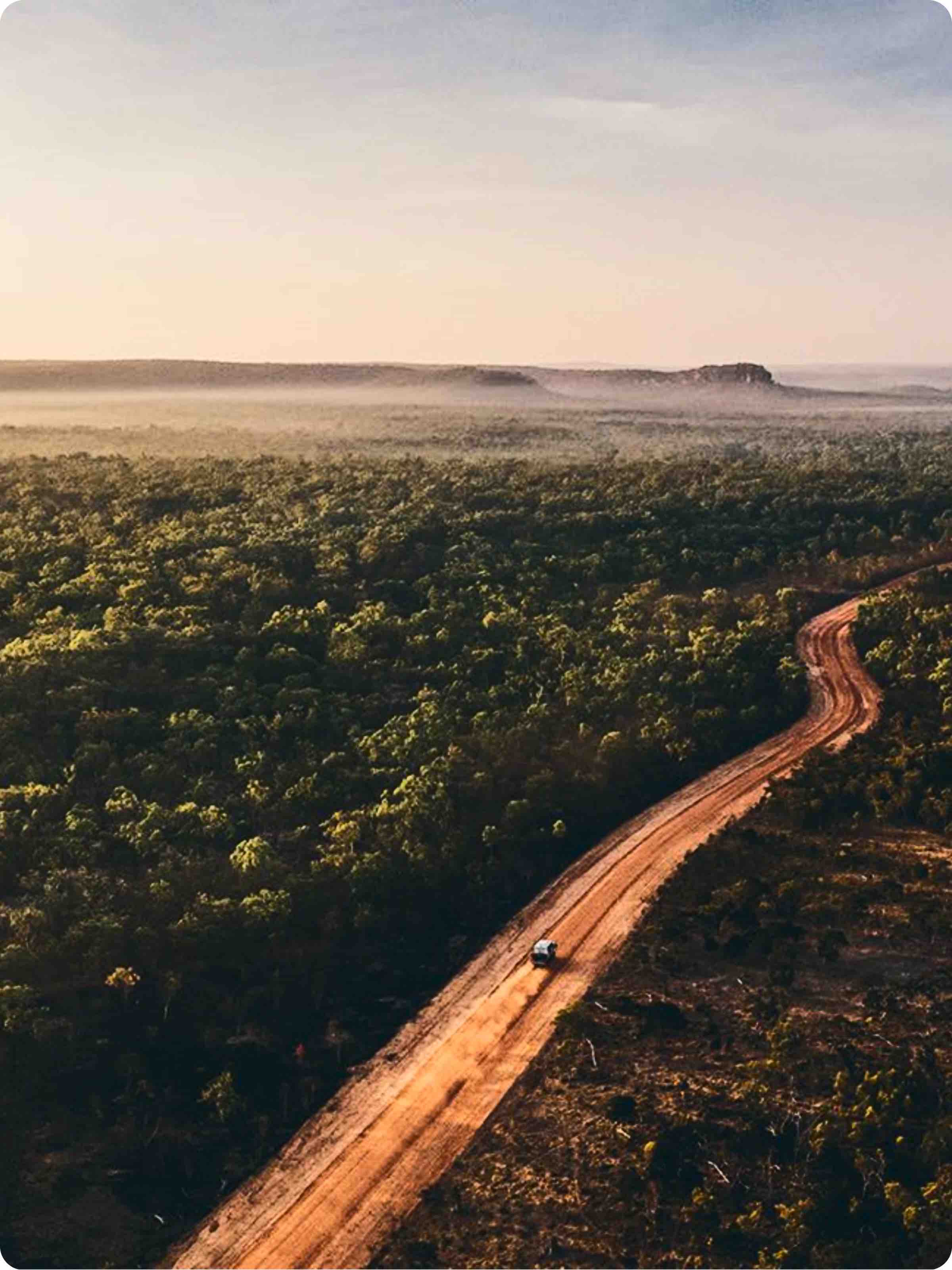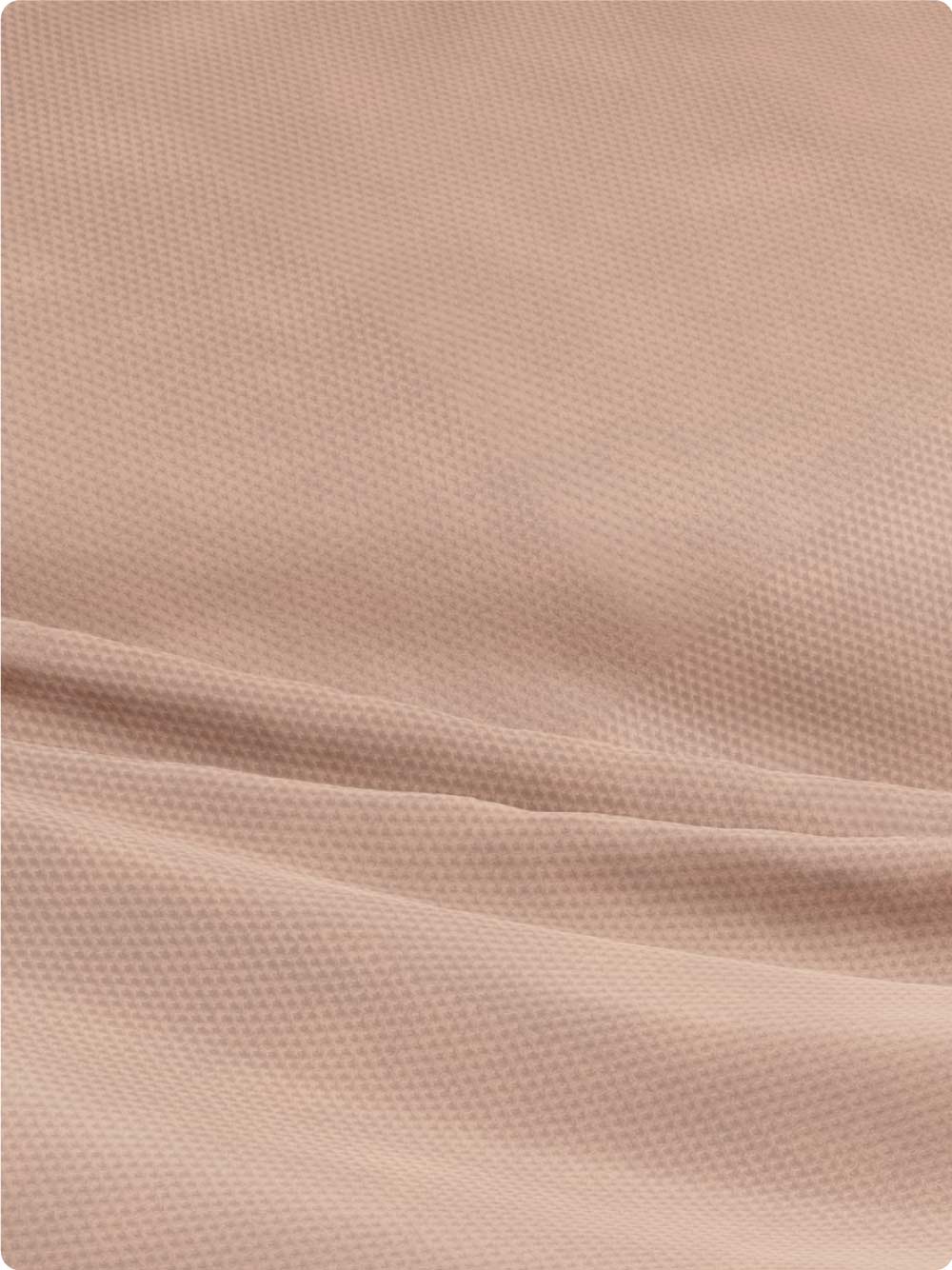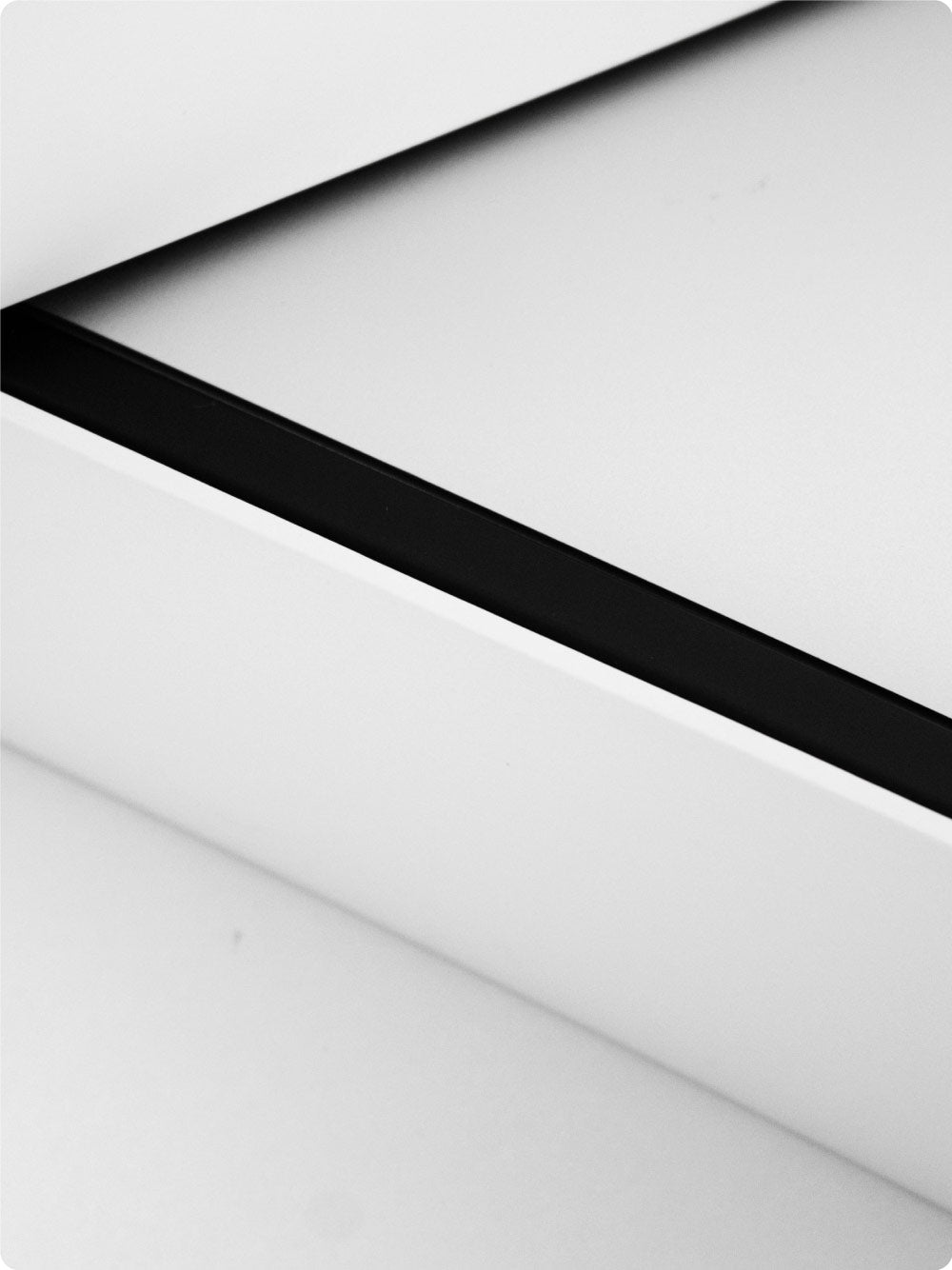
Beyond COVID-19: How Reusable Face Masks Can Improve Allergy Symptoms
Allergies are caused by an overactive immune response to certain allergens, such as pollen, dust, and pet dander. When these irritants enter your body, your immune system may identify the intruder...
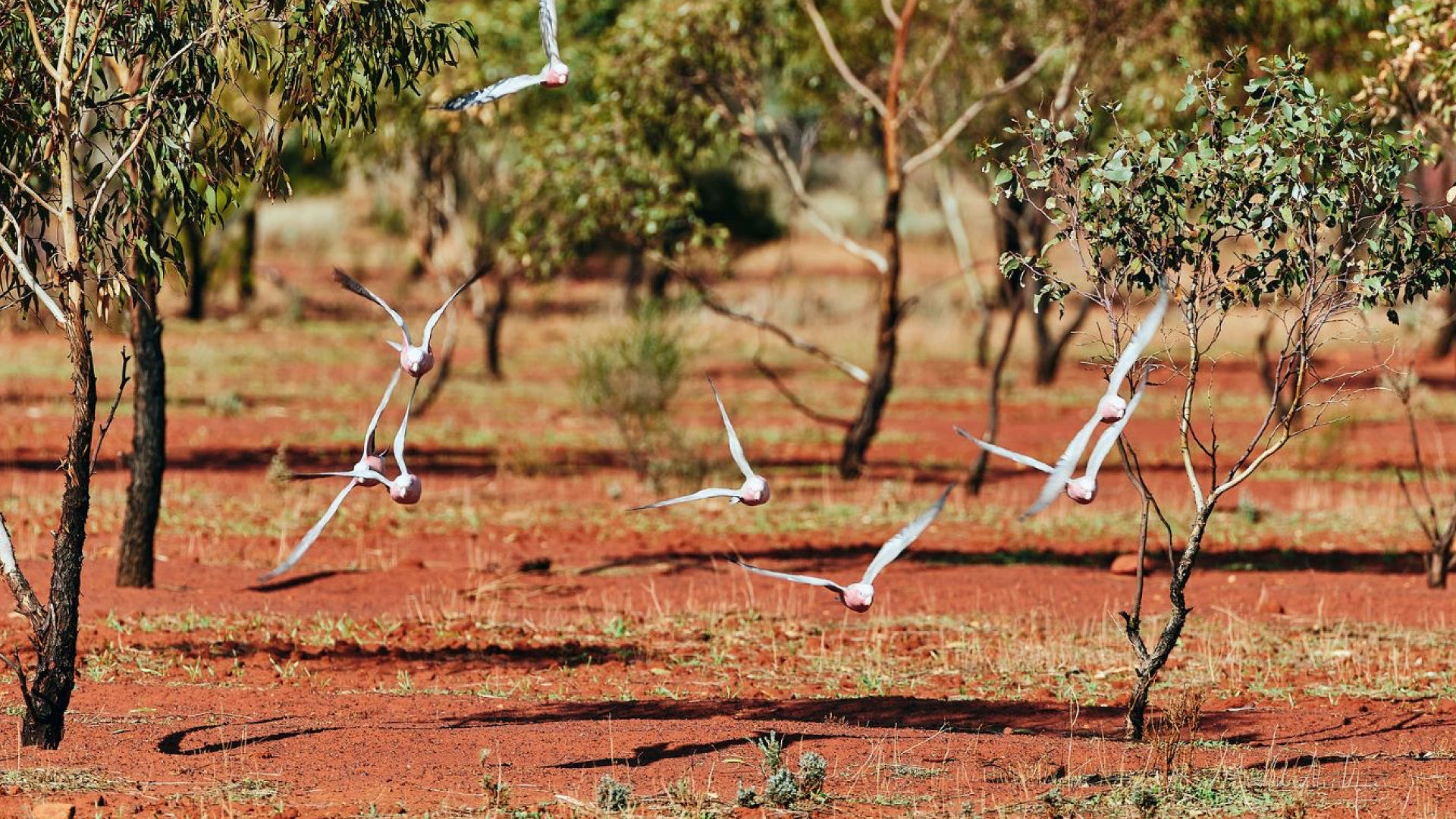
OUR MISSION TO PLANT THOUSANDS OF TREES
The Yarra Yarra Corridor is located in a traditional wheat belt region of Western Australia and is one of only 34 international biodiversity hotspots. It is severely under threat from land clearing...
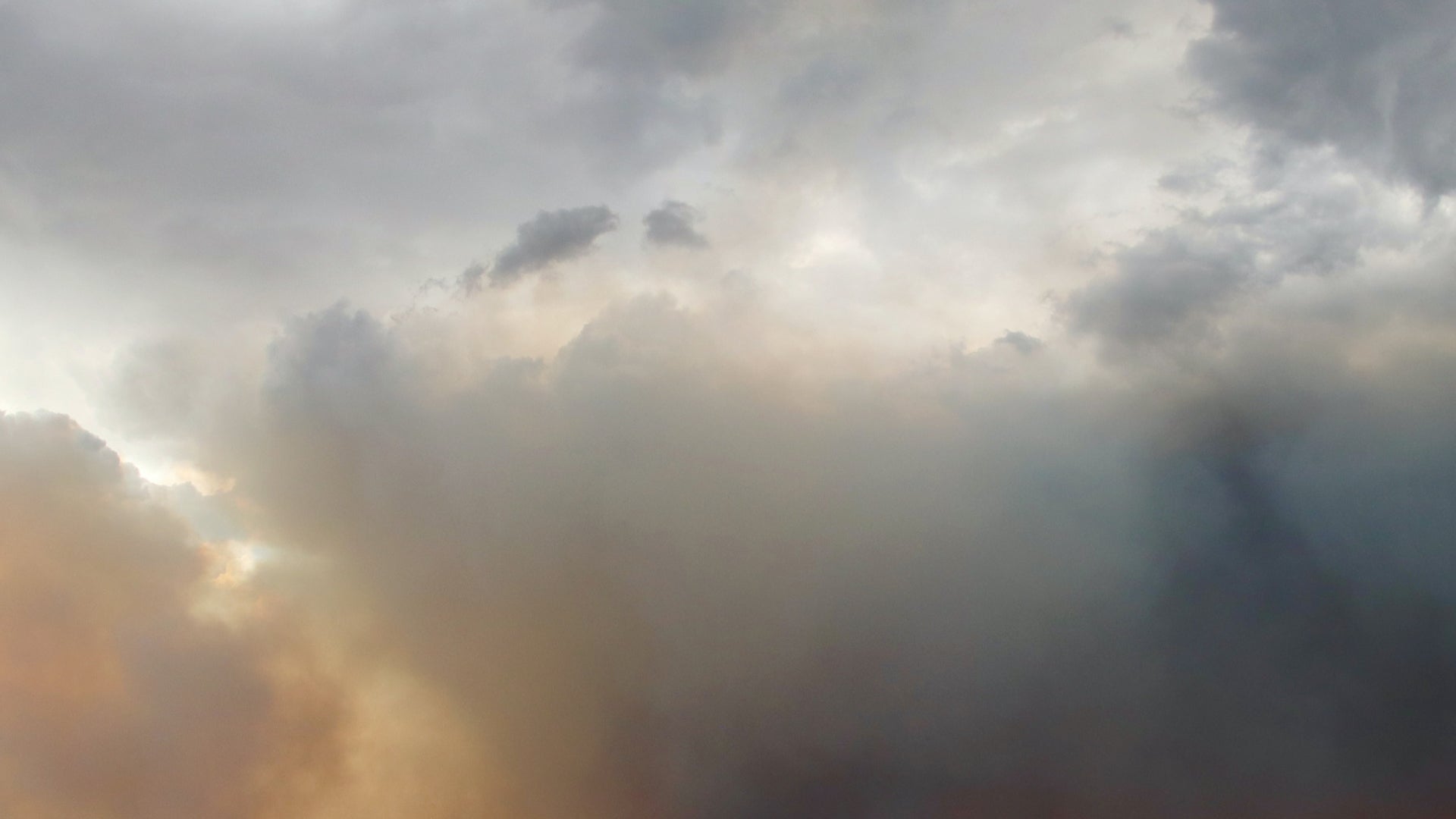
The Health Impact of Bushfire Smoke
Wildfires produce dangerous gasses like carbon dioxide and methane and can burn out of control. Wildfires can start with a natural occurrence like a lightning strike or human error by lit cigarette...

How to Find the Right Face Mask
Face masks come in many different forms ranging from a piece of cloth that covers the nose and mouth, providing a minimal layer of protection–all the way up to fine particle filtration masks with v...

How harmful is air pollution to our health? The effects of exposure do more than damage our lungs; air pollution can have a negative impact on all major organs in our body.

